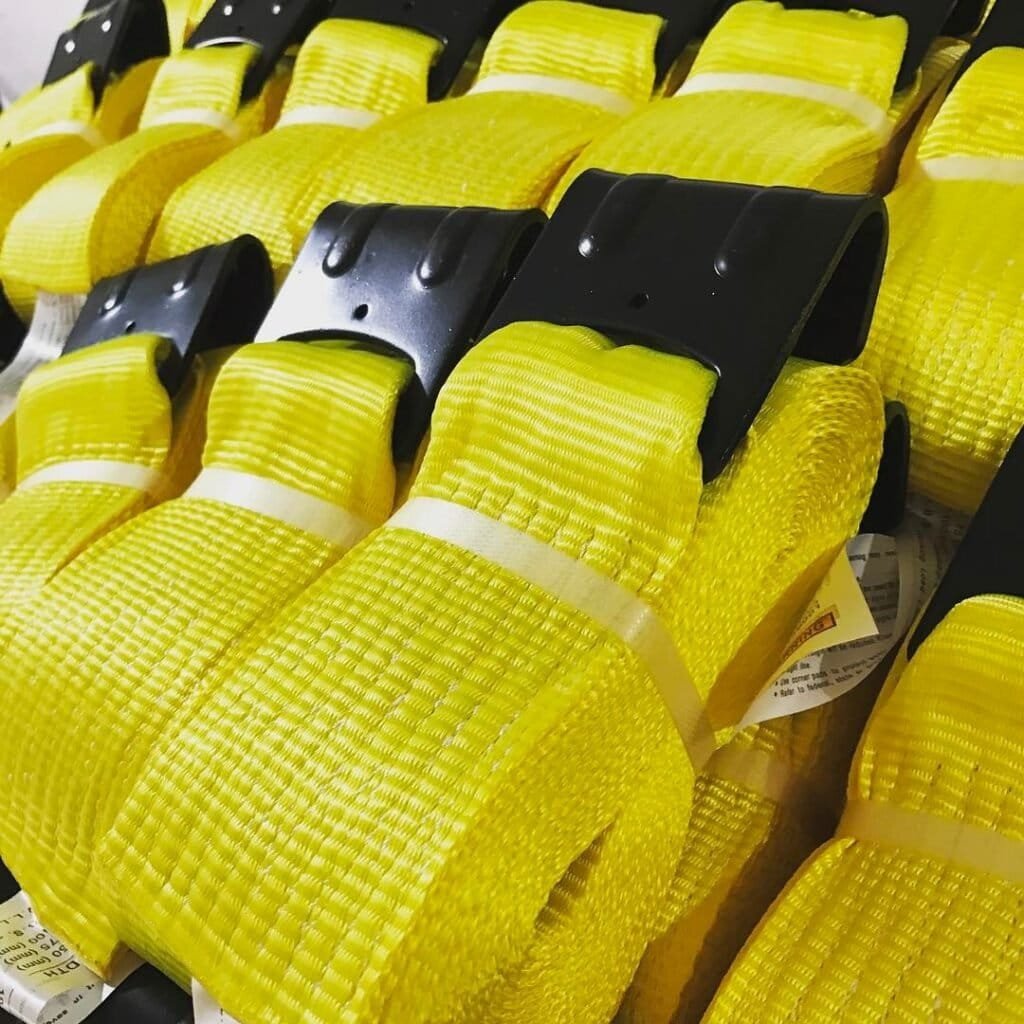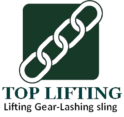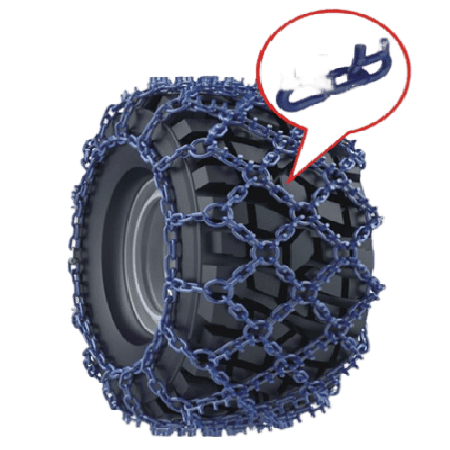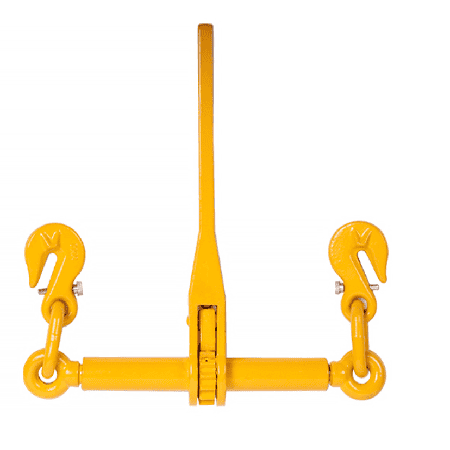A Complete Guide to Winch Straps: What They Are and How to Use Them?
When it comes to transporting heavy cargo, reliability is non-negotiable. Winch straps are a go-to solution for truckers, movers, and logistics professionals who need to keep loads secure on flatbeds, trailers, and other transport vehicles. Unlike chains or ropes, these straps offer a balance of strength, flexibility, and ease of use, making them indispensable for safe hauling.
But not all winch straps are created equal. Choosing the right one depends on load weight, working load limits (WLL), and environmental conditions. Proper usage is just as critical—incorrect tensioning or attachment can compromise safety. And like any heavy-duty tool, maintenance plays a key role in longevity.
In this guide, we’ll break down:
- How to select the best winch strap for your needs
- Step-by-step instructions for safe operation
- Pro tips for inspection and care to prevent wear and tear
How to Choose the Right Winch Strap?

Picking the best winch strap isn’t just about grabbing the first one off the shelf—it’s about matching your specific hauling needs to the right gear. Here’s what really matters:
1. Size Matters: Length & Width
- Width options: Most straps come in 2″, 3″, or 4″ widths—wider means more stability and a higher working load limit (WLL).
- Length range: Typically 20 to 40 feet. Too short, and you can’t secure properly; too long, and you’re dealing with excess slack.
2. Don’t Skimp on Strength
- Always check the WLL—your strap’s capacity should exceed your cargo’s weight, never just meet it.
- For awkward, heavy, or unbalanced loads, double up. Using multiple straps spreads the tension and reduces strain on any single point.
3. Environment Plays a Role
- Sun exposure? UV-resistant webbing prevents breakdown from constant sunlight.
- Wet or salty conditions? Look for galvanized or stainless steel hardware to avoid rust and corrosion.
4. End Fittings
Winch straps typically come with different end hardware, including:
- Chain extension: Ideal for rugged and heavy-duty tie-down applications
- Flat hook: Common and versatile
- Wire hook: Good for anchor points with small clearances
How to Properly Use a Winch Strap?

Securing a load with a winch strap seems simple—until something goes wrong. Here’s how to do it right.
Step-by-Step Guide
- Anchor the Strap
- Lock the fixed end securely onto the winch drum. A loose connection here means trouble down the road.
- Route & Hook
- Run the strap over your load and attach the free end to a structural anchor point—not just any convenient spot. If it can’t handle the force, it’s not safe.
- Crank It Tight
- Take up slack gradually with the winch. The strap should be snug, not guitar-string tight—over-tensioning can weaken the webbing.
- Lock & Confirm
- Engage the winch lock, then tug-test the strap. If anything shifts, re-tighten.
- Before moving, visually inspect both ends—hooks, anchors, and the strap path.
Safety Rules You Can’t Ignore
- Respect the WLL—going over is asking for a failure.
- Protect against cuts—sharp edges will slice straps like butter. Use corner guards or padding.
- Damaged strap? Toss it. Frays, tears, or worn stitching mean it’s done. No exceptions.
Mistakes That Cost Time
- Twisted straps reduce strength and can snap under load. Keep them flat.
- Never lift vertically—winch straps are for tiedown only, not hoisting.
- One strap isn’t always enough. Heavy or uneven loads need multiple straps to balance tension.
Maintenance and Storage
Proper maintenance extends the life of your winch straps and ensures safe use:
Inspection:
- Check regularly for frayed fibers, cuts, burns, or mildew.
- Look for damaged or rusted hooks and winch mechanisms.
Cleaning:
- Rinse with water to remove mud and debris.
- Air dry completely before storage to prevent mold growth.
Storage:
Roll up neatly and hang or place in a container to avoid tangling.
Store in a dry, cool place away from direct sunlight or chemicals.
Frequently Asked Questions (FAQ)
Q1: What’s the difference between a winch strap and a tow strap?
A winch strap is for securing cargo, while a tow strap is for pulling vehicles. Tow straps often have loops on both ends and allow more elasticity.
Q2: Can I use a winch strap for vehicle recovery?
No, winch straps are not designed for dynamic pulling or towing. Use dedicated recovery straps or snatch straps for off-road recovery.
Q3: Are winch straps reusable?
Yes, with proper care, they can be reused many times. Just be sure to inspect them before each use.
Final Thoughts
Winch straps are vital for secure and safe cargo transport. They’re what stands between a smooth delivery and a roadside disaster. Get the right strap, use it correctly, and take care of it, and you’re not just checking boxes for safety regs – you’re protecting your livelihood.


